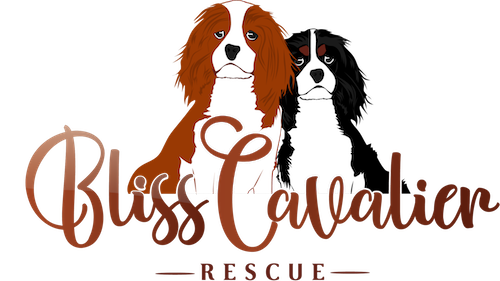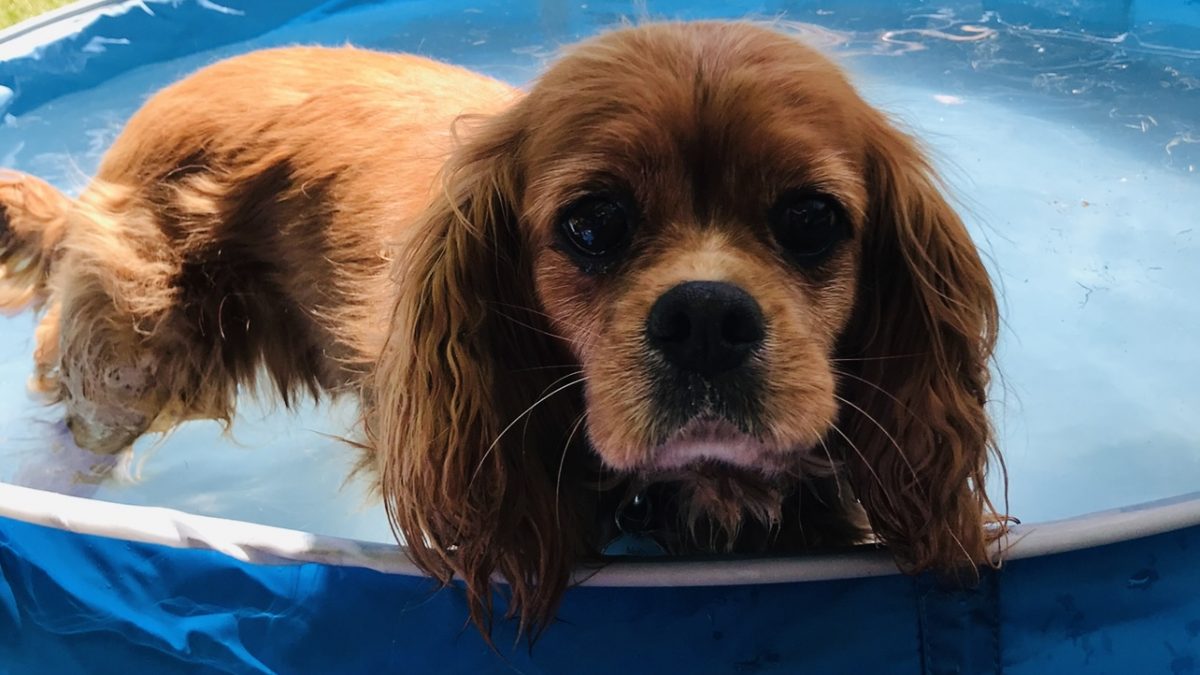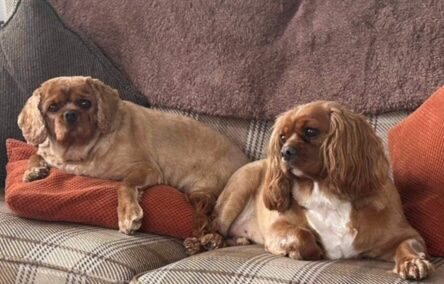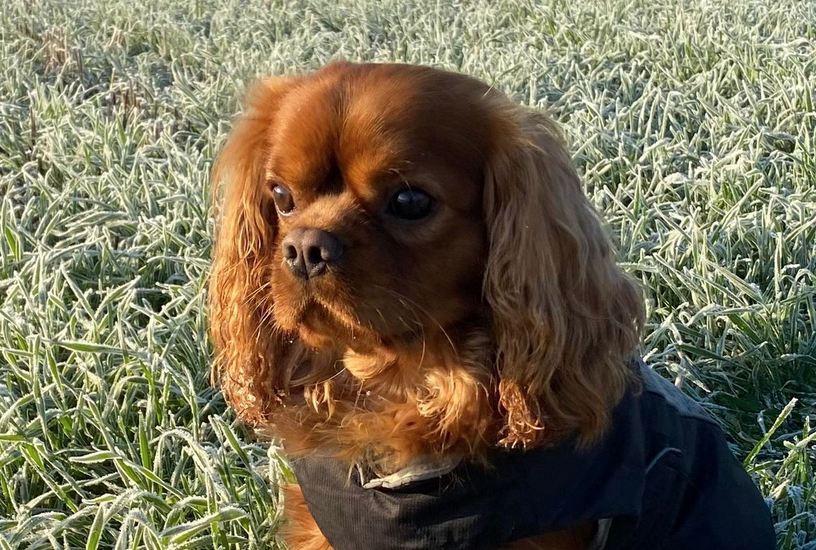Keep your Cavalier safe on hot days

Separation Anxiety – What can you do to help your dog?
5 November 2021
Cavalier ownership costs soar- what can you do to keep costs down?
11 June 2022Cavaliers are a brachycephalic breed, for this reason, they are at a much higher risk of suffering from heat-related illness. Many also very sadly suffer from mitral valve disease so any increased effort on the heart due to heat can be very dangerous. We have also noticed the Cavaliers with chiari malformation and syringomyelia can be more likely to struggle with pain when it is warmer.
What does brachycephalic mean? The term Brachycephalic is used to describe dogs (and other animals) that are short-nosed or flat-faced. They also have a short, broad skull. The term comes from Greek words meaning ‘short’ and ‘head’. Other brachycephalic breeds include Pugs, French Bulldogs and Boxers.
It’s almost that time of year again when we hope to see better weather and sunny days. This is great for us, but not always so good for our furry friends.
What can we do as caring and responsible owners to help them keep cool and safe?
Walking your Cavaliers in summer can be dangerous. Walking is normally safe for some other breeds that are not brachycephalic when the temperature is lower than 19°C/ 68°F, but for Cavaliers, it can cause them to really struggle. There isn’t an exact temperature at which you can be certain it is safe to walk them so you really do need to use your judgement. Even just laying in the sun, or even the shade on a warm day can be risky.
Heatstroke can be fatal and can occur in temperatures as low as 16°C in brachycephalic breeds. Other risk factors for heat-related illness are obesity, heart disease and age. Heatstroke happens when your dog is no longer able to regulate his/her temperature. Dogs do not sweat like humans, they pant, and the excess heat is released through their noses and pads to regulate their body temperature. When they succumb to heatstroke, they are unable to regulate their temperature and human intervention is needed as a matter of urgency. Cavaliers are inefficient panters and the more they pant the more likely it is that their airway can become swollen and narrowed leading to respiratory distress.
ALWAYS make sure your Cavalier has a shaded area to sit or lay, make sure there is fresh drinking water available at all times. There are some great items you can buy to help in the summer months including cool mats for the dogs to lay on, and cooling coats that are soaked in water. A shallow paddling pool or water feature is also a fun and cooling activity for your dog to enjoy. Air conditioning is fantastic but realistically that is not an option for everyone so a high-powered fan can really help.
To keep your home cool you can keep curtains and blinds closed and windows shut. Brushing/grooming regularly will help to eliminate excess fur allowing your dog to feel cooler.
Pavements and sand – Hot surfaces can be painful and cause severe burns and blistering to the pads of your dog’s paws, so pavements, roads, and even sand and artificial grass can be much too hot for them.
Artificial grass – A lot of owners have artificial grass due to the ease of cleaning up and low maintenance but you must be aware, that the surface temperatures of artificial grass is actually about 20-50°F higher than natural grass and often reach the same temperature as the pavements so always make sure your dog has a shaded or alternative area to use in the garden if your grass is artificial.
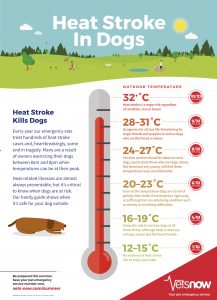
NEVER
Leave your dog in a car, caravan, conservatory or outbuilding. An outdoor temperature of 22°C can rise to a very frightening 47°C /117°F indoors within a very short period of time and this WILL cause a slow and painful death.
DO use pet-safe sun cream on exposed areas like the tips of their ears and nose. Dogs with lighter or white fur are more susceptible to being burnt. Your vet can recommend a safe sun cream.
What to do if you suspect your Cavalier has heatstroke?
Once signs of heatstroke appear in your dog, the damage is often unfortunately already done, which is why it’s so important to prevent it.
Signs of overheating you should look for:
Does your dog refuse to walk or limp? Are they chewing or licking their paws? Do their pads look darker? Is part of their pad missing? Are the pads red and/or blistered?
Know the signs of heatstroke-
Weakness or Collapse
Excessive panting
Dribbling or foaming at the mouth
Bright red gums
Shaking
Confusion
Vomiting and/or Diarrhoea
Seizures
If you suspect your Cavalier has heatstroke, immediately put them in a cool shaded area, use a fan or breeze if possible. Use cool, NOT cold or freezing water to wet their coat, you could also use cool soaked towels. Continue to cool your dog down, their breathing should begin to settle. Give small amounts of cool water to drink and contact your vet immediately.
If you see a distressed dog in a car, call 999 and ask for the police, they will advise you as to what to do.
